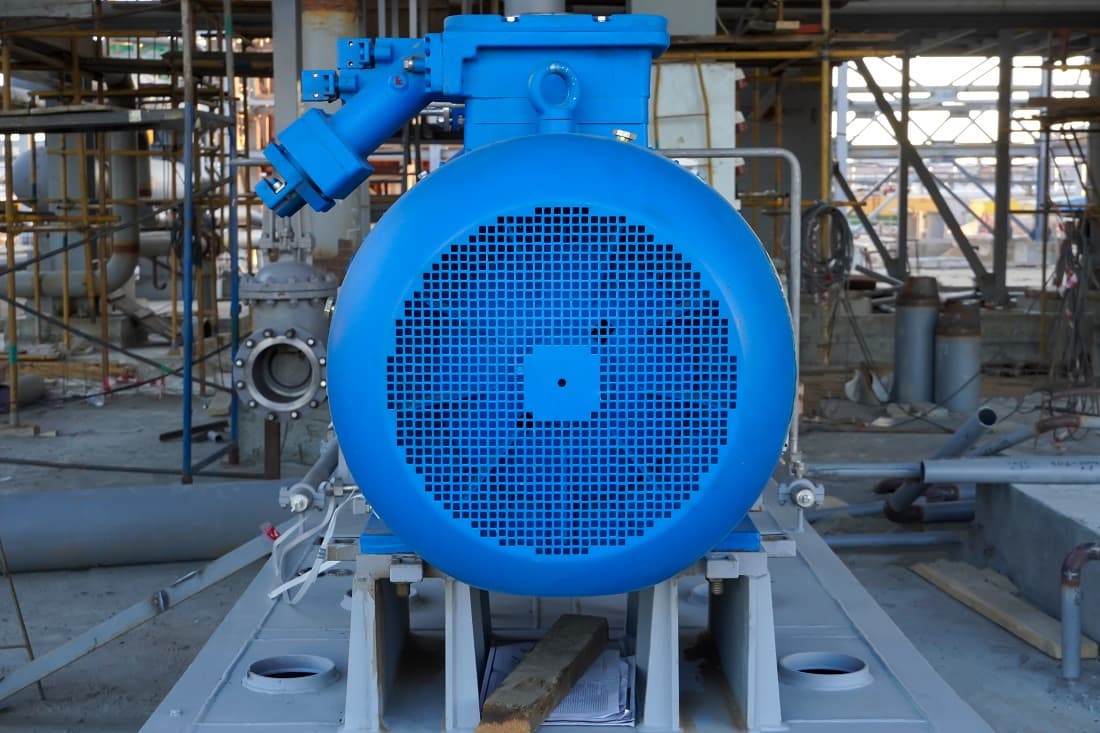
Heat exchangers play a pivotal role in various industries, facilitating heat transfer between fluids while contributing to improved energy efficiency. This article provides an in-depth comparison of different heat exchangers, highlighting their strengths and applications to guide businesses and individuals in selecting the most suitable option for their needs.
01. Shell and Tube Heat Exchangers

A. Design:
Presenting cylindrical shell housing tubes within, this timeless Design facilitates effective heat transfer and proves versatile for many applications, making it a reliable choice for industries and systems requiring optimal thermal Efficiency. For those seeking Efficiency in their systems, especially in regions like mine, where the weather can be unpredictable, consider exploring options for AC repair near me to ensure your equipment operates at its peak performance.
B. Applications:
Due to their reliability and adaptability, they are widely employed in industries such as chemical processing, power generation, and HVAC systems.
02. Plate Heat Exchangers

A. Compact Design:
Comprising a series of stacked plates with fluid channels, these exchangers provide a large surface area for heat transfer in a compact structure.
B. Efficiency:
They are known for high thermal Efficiency, making them suitable for applications where space is limited, such as refrigeration and heating systems.
03. Shell and Coil Heat Exchangers

A. Coil Configuration:
These exchangers are advantageous for applications with high flow rates and temperature variations by employing a coiled tube within a shell.
B. Applications:
Found in industries like petrochemicals, where the ability to handle high-pressure and corrosive fluids is crucial.
04. Plate-Fin Heat Exchangers

A. Finned Structure:
They are characterized by fins that enhance heat transfer surfaces, making them effective in applications requiring high thermal performance.
B. Air-Cooled Systems:
Ideal for air-cooled systems in industries like aerospace, where removing heat is essential for optimal equipment performance.
05. Regenerative Heat Exchangers

A. Internal Storage:
These exchangers utilize internal storage materials to absorb and release heat cyclically, enhancing energy efficiency.
B. Applications:
Commonly used in processes with fluctuating heat loads, such as regenerative thermal oxidizers in pollution control.
06. Double Pipe Heat Exchangers

A. Simple Design:
Comprising two concentric pipes, this Design is straightforward yet effective for applications with relatively low heat transfer requirements.
B. Cost-Effectiveness:
Economical and suitable for situations where simplicity and ease of maintenance are prioritized.
07. Spiral Heat Exchangers

A. Spiral Configuration:
Characterized by a spiral-shaped flow path, offering efficient heat transfer and resistance to fouling.
B. Varying Applications:
Appropriate for scenarios where fouling is a critical concern, especially in industries like wastewater treatment and chemicals, choosing the suitable heat exchanger is paramount. To ensure optimal performance and address specific problems, such as those related to heating systems, it’s advisable to explore options for Kenosha furnace repair for professional assistance in maintaining and optimizing your equipment.
Conclusion
Suitable heat exchangers are crucial for optimizing energy efficiency in various industrial processes. Understanding the strengths and applications of different types, from the versatile shell and tube exchangers to the compact plate heat exchangers, empowers businesses and individuals to make informed decisions. Whether prioritizing high thermal Efficiency, compact Design, or resistance to fouling, this comparative guide aims to assist in choosing the most suitable heat exchanger for specific needs, ultimately contributing to enhanced energy efficiency across diverse industries.
Check out these must read articles:
A Guide To Designing A Smart HVAC System For Your Home
How to Choose the Right HVAC Company?
Courtesy : Image 2, Image 3, Image 4, Image 5, Image 6, Image 7, Image 8






























